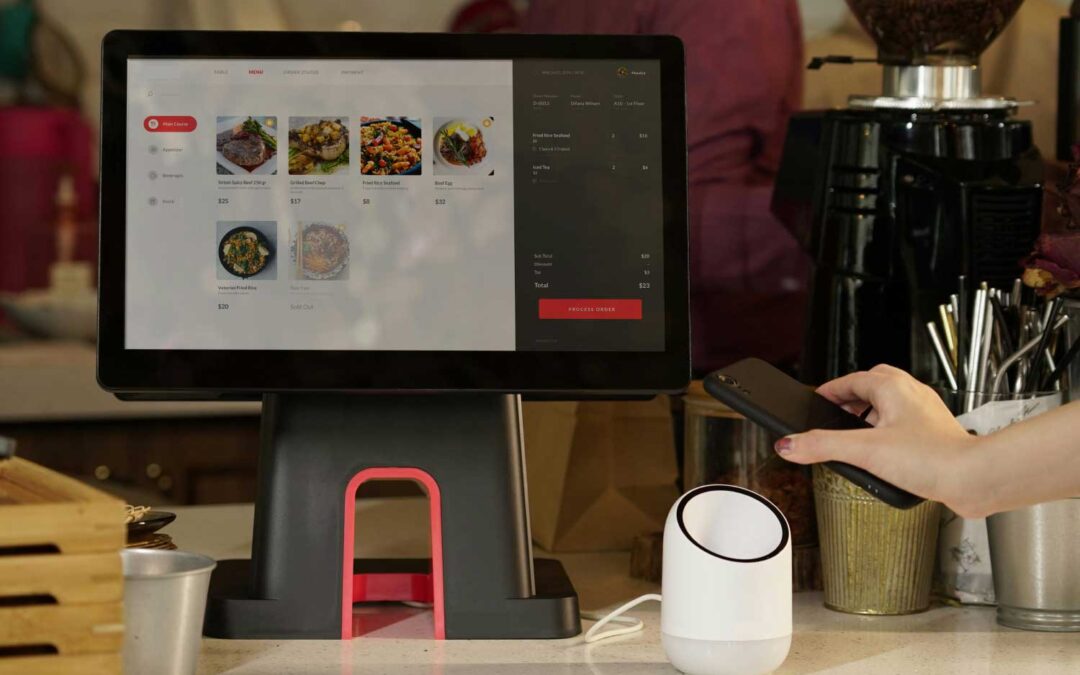Onboarding new software is traditionally a cumbersome process for organizations. It often requires massive amounts of manual work to migrate data, configure complex integrations, and train users.
Some of the biggest challenges include:
- Time-Consuming Setup: Tech teams spend significant time and effort setting up new software. Between data migration, integration development, and testing, it can take weeks or months to fully onboard. This delays realizing the benefits of the new solution.
- Manual Data Migration: Importing data from legacy systems is typically done manually. Teams export data, transform it into the right format and import it. For large data sets, this is extremely labor intensive. Data mapping and transformation are often complex as well.
- Complex Integrations: To work seamlessly, new software usually needs to integrate with other key systems like CRM, ERP, e-commerce, and more. IT teams have to develop and maintain custom integrations which adds costs, risks, and time.
- Poor User Experience: For end users, adapting to a new interface and workflow often involves a steep learning curve. Without proper training and support, users struggle to use the software effectively, leading to frustration and reduced adoption.
The upfront burden of migrating data, building integrations, and training users ultimately hampers the adoption of new solutions. Organizations don’t realize ROI as quickly and users suffer through a subpar onboarding experience. There is a need for a better approach.
How Onboarding as a Service Works
Onboarding as a Service (OaaS) takes the pain out of adopting and rolling out new software by managing key aspects of the onboarding process for you. Rather than your team spending weeks or months migrating data, integrating apps, and training users, OaaS providers handle it seamlessly behind the scenes.
OaaS typically includes:
- Automated data migration – Historical data like customer records, product catalogs, and sales histories are migrated quickly and seamlessly to the new system. You don’t have to worry about manually exporting, transforming, and uploading data.
- Integrations set up – OaaS providers will integrate the new software with your existing apps and data sources. API connections, single sign-on, and moving data between systems happen automatically.
- Training and support – Dedicated onboarding specialists will provide training resources and over-the-shoulder support for your users. They’ll ensure everyone gets up to speed quickly on the new software.
- Focus on user experience – The onboarding is designed around easing the transition for your users. The goal is to quickly get them productive, satisfied, and capable with the new tools.
By removing the adoption barriers and complexity of managing multiple apps and data sources, OaaS enables businesses to get the most value out of new software investments.
Benefits for Businesses
With Onboarding as a Service, businesses can fast-track deployment and adoption. Rather than managing complicated migrations in-house, you can rely on experts to seamlessly transition data, users, and processes.
Key benefits for businesses include:
- Faster deployment – Start using new software in days or weeks rather than months. Avoid getting bogged down in lengthy setup and configuration.
- Smoother transitions – Migrate all historical data, integrate with existing systems, and ensure continuity for users. Minimize business disruption during software changes.
- Increased adoption – Get users up to speed quickly with training and support resources. Drive engagement with the new solution through the critical ramp-up period.
- Improved productivity – Enable users to be productive from day one rather than losing time learning and struggling with new software. Accelerate time-to-value for the business.
With a streamlined, turnkey onboarding experience, enterprises can be nimble in adopting the latest solutions. Onboarding as a service paves the way for realizing the full benefits of new technologies.
Benefits for Users
When onboarding new software, your users should have an intuitive experience with minimal disruptions to their daily workflow. Onboarding-as-a-Service enables a quick ramp-up by providing dedicated support and resources for your users every step of the way.
Rather than leaving users to figure things out on their own, Onboarding-as-a-Service provides:
- A seamless transition of data and workflows from legacy systems to minimize business disruptions
- Intuitive interfaces and workflows designed for ease of use from day one
- Quick ramp-up with access to training materials, webinars, and tip sheets tailored to different user profiles
- Ongoing support with in-app messaging, chat, and phone support to immediately resolve any user issues
By focusing on the end-user experience during onboarding, businesses can increase user adoption and productivity. Onboarding-as-a-service ensures your users are supported with the resources they need to get up to speed quickly on new software.
Increased Agility and Adoption
With Onboarding as a Service, businesses can try new tools and switch between applications easily, without migration headaches.
The traditional software onboarding process often involves time-consuming and error-prone data migration projects. Whether transitioning from legacy systems or adopting new SaaS applications, IT teams had to spend weeks or months managing complex integrations.
With Onboarding as a Service, that changes completely. Companies can spin up new apps in days or hours, with zero migration. Historical data is ported over automatically via integrations, so users can get right to work in the new system without missing a beat.
Rather than prolonged downtime and manual migrations, onboarding is now seamless and frustration-free.
Enhanced Customer Experience
Onboarding as a service allows software providers to offer an enhanced customer experience by removing many of the friction points associated with adopting new technology. By handling migration of historical data, integration with existing systems, and ongoing education and support, onboarding services create a much more frictionless experience for end users.
By focusing on the entire user lifecycle, from initial deployment to ongoing education and support, onboarding as a service ensures users can realize the benefits of new innovations much faster, with less disruption. The result is an improved customer experience and faster returns on technology investments.
LINK’s Onboarding as a Service
LINK’s Onboarding as a Service provides a comprehensive solution for onboarding customers to new software platforms. By handling every aspect of the transition, LINK enables businesses to deliver an exceptional user experience.
Key features include:
- Automated data migration – LINK seamlessly transfers your historical data like customer profiles, sales records, and product catalogs to the new system. There’s no manual exporting or importing required.
- Pre-built integrations – LINK has established connectors to the most popular business apps and databases. You can integrate new software with your existing systems right out of the gate.
- Dedicated admins – LINK’s onboarding experts become an extension of your team. They configure the software based on your needs, import data, and provide hands-on training.
- Ongoing training – LINK conducts live onboarding sessions so users can master the new platform. Support is available 24/7 by phone, email, and chat.
With LINK handling the heavy lifting of software transitions, you can focus on your business while delivering a smooth, frustration-free onboarding experience. Get in touch today to learn more about automating your customer onboarding.
Case Study: Intuit
Background
A major e-commerce platform, known as the largest in the world, faced a significant challenge when Intuit announced the discontinuation of support for its legacy QuickBooks Desktop Point of Sale system. This change threatened to disrupt the onboarding process for new merchants, potentially leading to increased activation times and operational complications.
Challenge
The primary challenge was to replace the outdated QuickBooks Desktop POS with a more efficient system without increasing the onboarding time for new users. The e-commerce platform required a solution that would seamlessly integrate with their existing infrastructure and expedite the merchant activation process.
Solution
The e-commerce platform turned to LINK, known for its expertise in integrating business applications, to develop a robust solution. LINK leveraged its experience in app integrations to create a streamlined onboarding process.
Key steps in the solution included:
- Analysis of Existing System: LINK conducted a thorough analysis of the e-commerce platform’s existing onboarding process and identified key areas for improvement.
- Custom Integration Solution: Using its expertise in various business applications, LINK developed a custom integration solution that replaced the legacy QuickBooks system.
- Streamlining Onboarding: The new solution provided a more straightforward and efficient onboarding pathway for merchants, significantly reducing the time and effort required.
- Eliminating Internal Efforts: By directing merchants through LINK’s integrated system, the e-commerce platform could reduce its internal onboarding efforts for specific operational challenges.
Results
This collaboration led to impressive outcomes:
- 20% Reduction in Activation Times: The new user activation time was reduced by 20%, significantly improving the onboarding experience for new merchants.
- Enhanced Operational Efficiency: The integration eliminated the need for the client’s internal onboarding efforts, freeing up resources for other strategic initiatives.
- Scalable Solution: The implemented solution was scalable, ensuring that the e-commerce platform could efficiently handle an increasing number of merchants.
Conclusion
The case of this e-commerce platform and LINK illustrates the transformative impact of effective app integration and streamlined business processes. By leveraging LINK’s expertise, the e-commerce platform not only overcame the challenges posed by the discontinuation of QuickBooks Desktop POS but also enhanced its operational efficiency and merchant satisfaction
The future has never looked more integrated!
Are you ready to transform your customer onboarding process? LINK offers a seamless Onboarding as a Service solution that automates data migration, app integration, and dedicated support so you can remove adoption barriers and complexity.
Simplify your onboarding and equip your business for growth and flexibility with LINK.
Next Steps:
Get started with an onboarding Demo consultation today!









